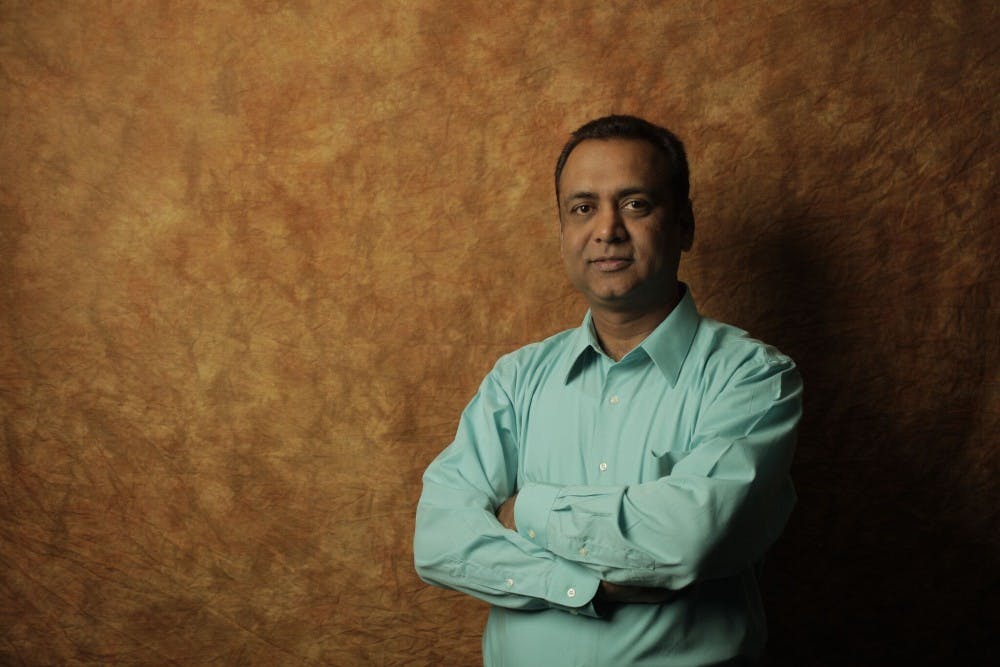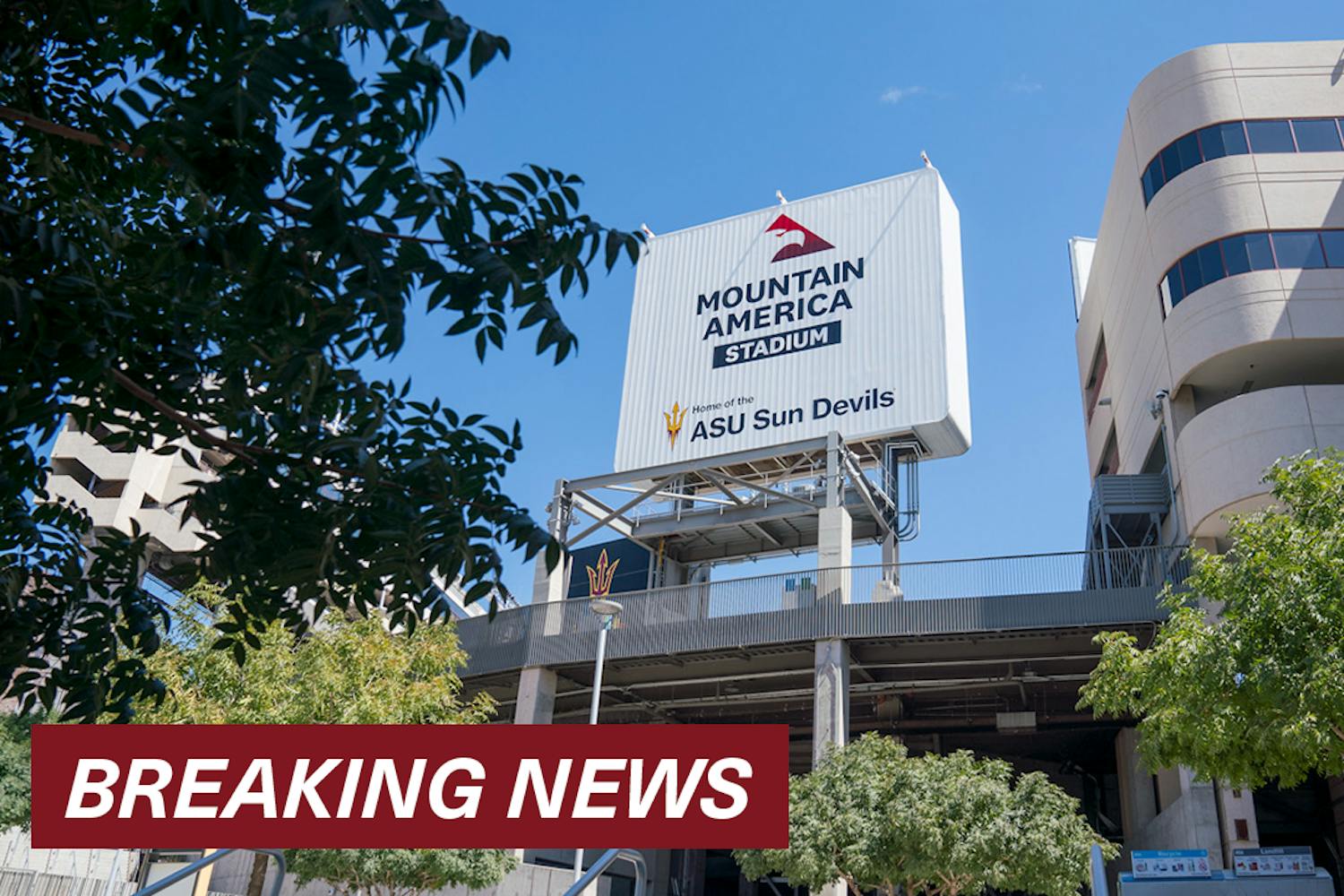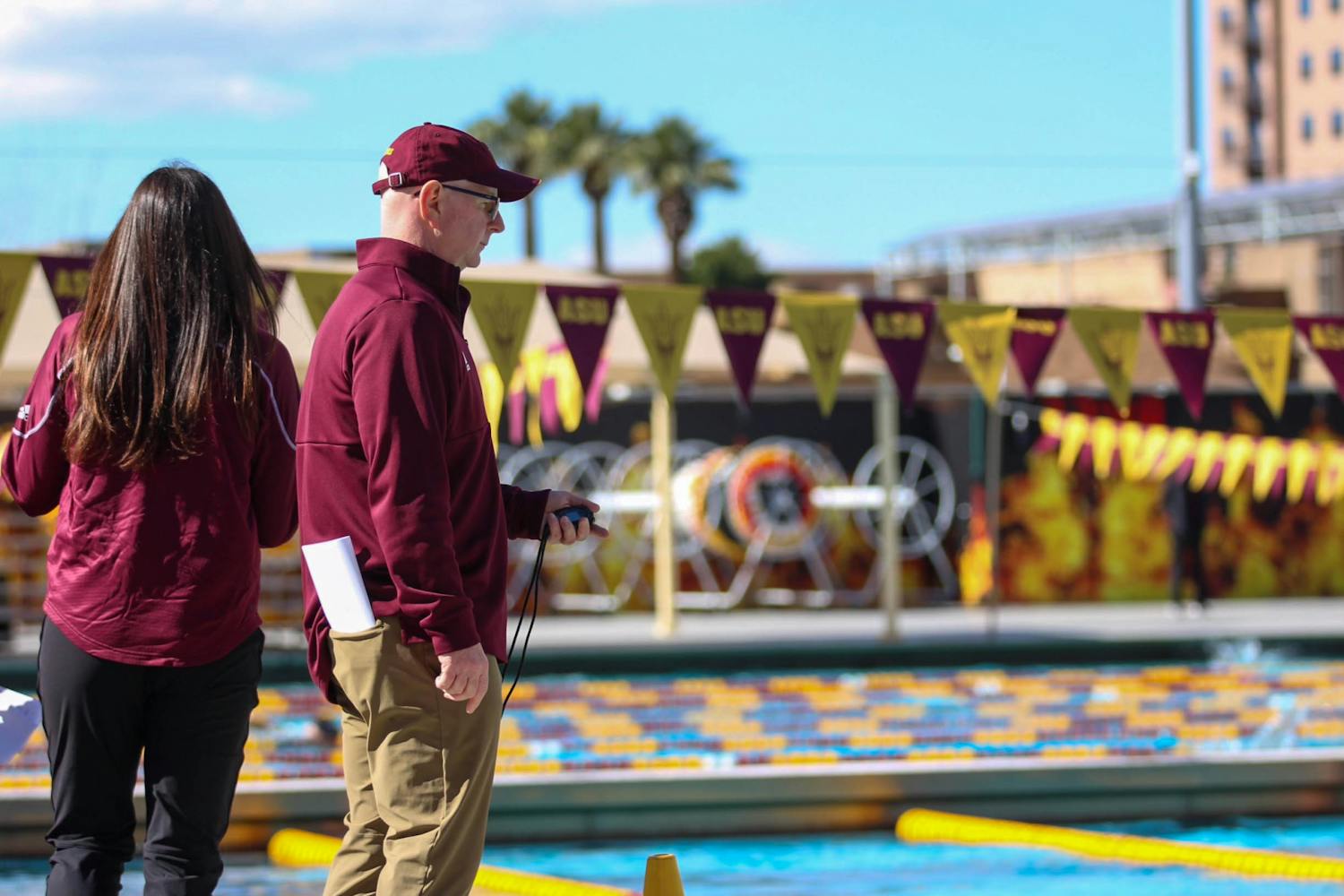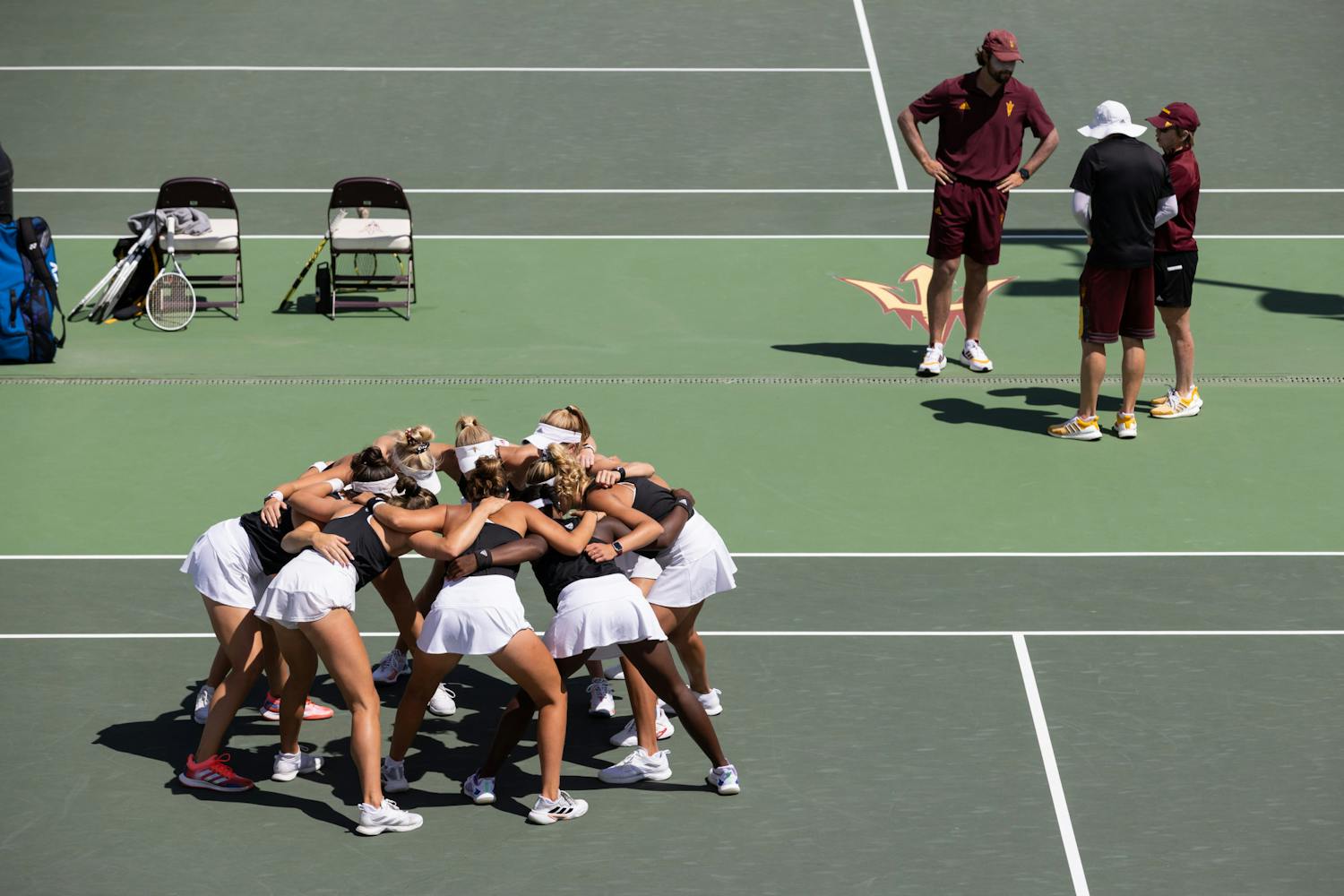For those who are suffering from a case of post-election blues, a reminder of ASU's scientific achievement over the years might bring some much needed R and R. Below, in no particular order, are three of the most influential research studies to come out of Sparky's fine institution.
1. Research Training in Child Mental Health/Primary Prevention
This study, run by Laurie Chassin Ph.D and Manuel Barrera Ph.D, kicked off in 1987 and is still rolling today.
"We're studying (participants) with and without familial addiction problems," Chassin said. "We're looking at why some kids go on to develop problems with alcohol and drugs and others don't."
To do this, Chassin and Barrera initiated a longitudinal study, following the same subjects over many years of their development. Chassin said that the length of the study has been a tremendous help.
"It lets you learn about periods of risk and resiliency," Chassin said. "Sometimes you do a short term study, and you stop following people at a place where the kids look really bad. So for example the age period 18-25 was the peak period where our adolescents in the study had the most problems, the most substance use and the most clinical substance use disorders. If you had just stopped at the peak there, you would never have seen any of the processes of natural recovery. It turns out that if you keep following people over time, you find out that a lot of the substance use problems will remit."
The Spark: This is ASU's longest running research project of all time, and that's not something to scoff at.
2. ASU-Army Flexible Display Initiative Center
Sponsored by the Department of Defense, this is actually the second longest running research project in ASU's history. Initiated just after Crow ascended to his nest, the Flexible Display Initiative Center began at the request of the Department of Defense with the ambitious goal of creating a one of a kind display research facility.
"We built a factory, in essence, and produced a lot of prototypes from that factory in collaboration with about 50 companies and a couple of other universities," Nicholas Colaneri, the Center's Principle Investigator, said. "It was big science in some sense, so that's why the dollar figure is big."
And big it is: The center's current value hovers at $107,488,409.
"More recently in the last four or five years, we've been using the same kind of structures to look at sensing arrays, either to convert information gleaned from the environment into a visual image, or to detect more than one thing at a time and use that information for diagnostics."
The Spark: This is by far ASU's most expensive project; it makes a million dollar loan look like lunch money.
3. MEGA5
MEGA5 is short for "Molecular Evolutionary Genetics Analysis Using Maximum Likelihood, Evolutionary Distance, and Maximum Parsimony Methods," and it's a 2011 piece of software with a very specific purpose.
"The MEGA software is for analyzing genetic data," said Sudhi Kumar, one of the projects authors. "Today we can study biodiversity, diseases like influenza, or bacterial and human diseases using this DNA data."
The project was originally published in a 2011 edition of the journal "Molecular Biology and Evolution," and since then it has accrued a whopping 22,771 citations.
"The MEGA software can be used by researchers all the way from those studying biodiversity of life on earth, to traits that cause disease in humans and other species," Kumar said. "So, this large swath of researchers who can use software like MEGA to analyze their data is the reason why it has a very high impact."
The Spark: If everybody who cited this project decided to live with each other, the population would be nearly triple that of Winslow, Arizona.
Reach the reporter at sdeadric@asu.edu or follow @deadrick_sam on Twitter.
Like The State Press on Facebook and follow @statepress on Twitter.




